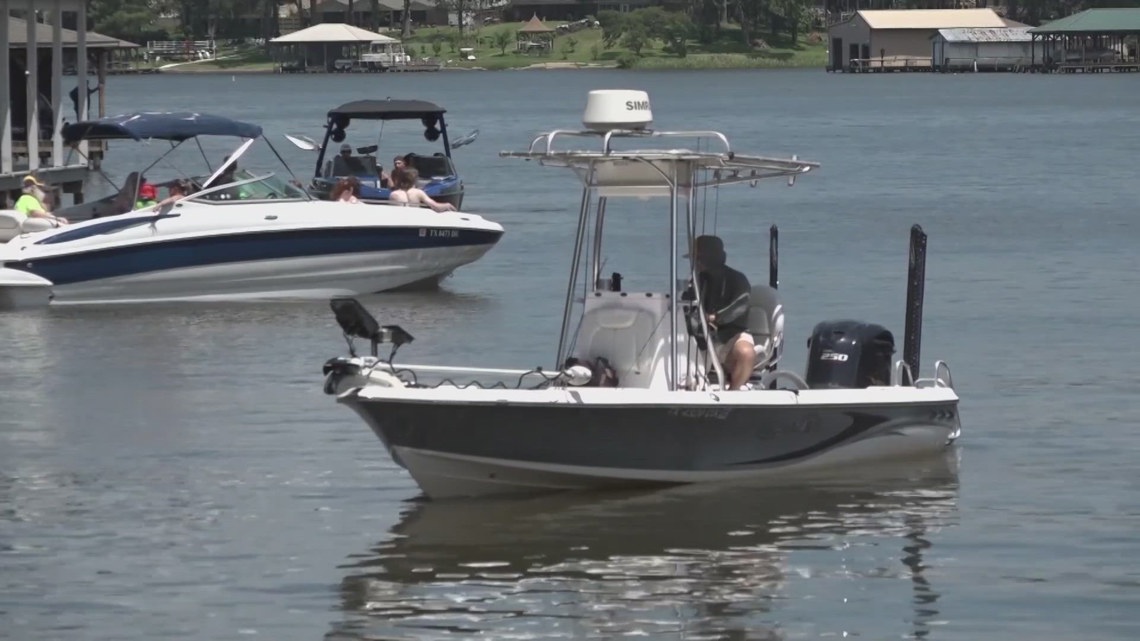
The Texas Parks and Wildlife Department share how boaters and paddlers can protect lakes from aquatic invasive species.
AUSTIN, Texas — As boat season hits full speed this summer, the Texas Parks and Wildlife Department (TPWD) officials is sounding the alarm: harmful aquatic invasive species such as giant salvinia and zebra mussels are continuing to spread across Texas lakes.
“While we want everyone to have a great time, we also want to avoid giving harmful invasive species free rides to new lakes,” said Brian Van Zee, TPWD Inland Fisheries regional director.
“The best way to prevent the spread of many aquatic invasive species and protect fishing and other recreation for everyone is to take just a few minutes to clean, drain and dry your boats and equipment every time you visit any lake,” he said.
Not only is it an environmental safeguard. It’s also the law. Texas law prohibits the transport of aquatic invasive species. Boaters are required to take key steps before entering or leaving a body of water:
-
Drain all water from boats and bait buckets, as they may contain microscopic invasive species larvae.
-
Remove any invasive plants or debris clinging to boats, trailers, and gear.
Two of the most destructive species causing concern are giant salvinia and zebra mussels.
Giant salvinia, a fast-growing floating fern, now infests 26 East Texas lakes and numerous creeks, rivers, and marshes between Houston and Beaumont. Known for forming thick mats on the water’s surface, this plant chokes out native ecosystems and makes recreational activities like boating, swimming, and fishing nearly impossible.
“There’s no doubt Texans love their lakes, but we ask everyone to take action to help protect them,” said John Findeisen, TPWD aquatic habitat enhancement team lead. “It only takes a tiny fragment of an invasive plant to create a problem in a new lake.”
Zebra mussels are equally destructive. These tiny, non-native shellfish attach to boats and infrastructure, disrupt native aquatic life, damage water systems, and leave sharp shells that litter shorelines and endanger swimmers. Once they take hold in a lake, there’s currently no way to eliminate them.
“There’s no doubt Texans love their lakes, but we ask everyone to take action to help protect them,” said John Findeisen, TPWD aquatic habitat enhancement team lead. “It only takes a tiny fragment of an invasive plant to create a problem in a new lake.”
To protect Texas waters, TPWD urges boaters to follow these three simple but crucial steps after every outing:
-
Clean: Remove plants, mud, and debris from boats, trailers, and equipment.
-
Drain: Empty all water from compartments, bilges, live wells, and motors.
-
Dry: Allow everything to dry completely for at least a week before using in a different lake.
Boats stored in infested lakes are at particularly high risk of carrying invasive species. TPWD advises boaters to call (512) 389-4848 or mailing aquaticinvasives@tpwd.texas.gov with photos and location information for inspection and guidance before relocating those vessels.
